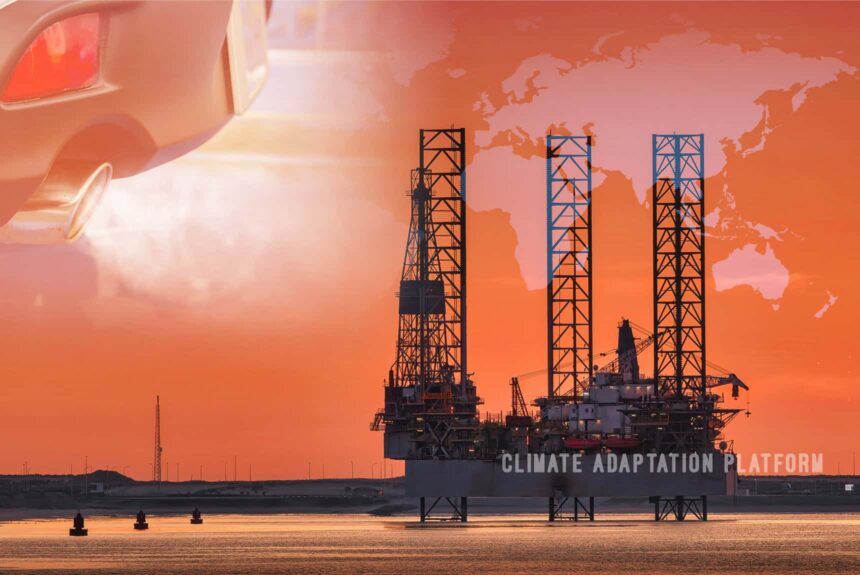The war in Ukraine and the global energy crisis have accelerated the momentum for renewables and the green transition. As a result, the year 2022 has seen an increase in solar and wind investments, and for the first time, ever new projects in renewable energy project outstripped spending in oil and gas wells.
The IEA projects that by 2025, renewables will be the most significant source of global electricity generation, exceeding coal – which they expect to decline together with natural gas and oil (Renewables, 2022).
They project that wind, and solar power will grow twofold in the next five years, generating 20% of global electricity in 2027.
A Report from Rystad Energy says investment in renewables is forecasted to reach US$494 billion in 2022 versus $US446 billion for oil and gas (Thanks to fossil, 2022).
The Economist also reports that governments in America and Europe are spending billions on subsidies for clean energy over the next decade (War and subsidies, 2023).
China is also doing the same thing. Big investments in renewable energy have fast-tracked the green transition by five to ten years.
“America’s Inflation Reduction Act (ira) earmarks $369bn of subsidies for green tech; the European Commission plans to provide at least €250bn ($270bn) to clean-tech companies and has decided to bring forward the target for doubling the EU’s installed solar capacity to 2025, from 2030. National ambitions have been supersized, too. In July, Germany raised its target for the renewable share in power generation by 2030 to 80% from 65%. China’s 14th five-year plan for energy, released in June for the first time, sets a goal for the share of renewables in power generation (33% by 2025). The country’s provincial governments are also increasingly offering green incentives.”
According to MIT Technology Review, although GHG emissions peaked in 2022 and the world is seeing a dangerous rise in climate disasters, bright spots of hope and progress are also happening (Crownhart, 2023).
For example, the share of renewables in total energy investments has grown more than fossil fuel. They are also getting cheaper, helped d by countries trying to reach their emissions reductions target, and spending money on technological advances.
The article says that while emissions grow globally, there is a cause for optimism as many countries already see an emissions plateau, and some are even declining. It mentions that the US peaked in 2005 and has declined by just over 10%. Countries like Russia, Japan, and the EU have also plateaued.
The growth in renewable investments seen in big economies like the US, EU, and China has expedited the energy transition by five to ten years. The IEA expects global emissions to peak in 2025. The Rystad Energy study also indicates that carbon dioxide emissions from fossil fuel usage will peak in 2025, hitting 39 gigatons before declining (Fossil fuel emissions, 2023).
“Peak fossil fuel CO2 emissions within the next two years is an outstanding global achievement, exceptional when considering the current supply chain roadblocks and the high focus on energy security. If the industry can maintain this momentum, global warming of less than 2.0 degrees Celsius is within reach,” said Artem Abramov, head of clean tech research at Rystad Energy (Fossil fuel emissions, 2023).
Economic growth is no longer dependent on fossil fuel emissions.
The reason for declining emissions is that economies like the US and EU have successfully severed the link between economic growth and carbon emissions. China’s economy is also seeing a drop in carbon intensity since 2000. In addition, the MIT article says that wide renewable energy deployment and technical improvements that drive energy efficiency make it possible to grow the economy without increased climate pollution.
The article notes that although the world is showing progress in emissions reductions and uptake of renewables, the pace must accelerate more to reach international climate goals.
Limiting global warming by 1.5 °C is still possible. However, it is getting more difficult as the planet has already warmed by 1.1°C since pre-industrial times, putting us dangerously close to the targets. Reaching the target means that significant emissions cuts need to happen.
Sources
Renewables 2022. Executive Summary. IEA. Retrieved from https://www.iea.org/reports/renewables-2022/executive-summary
War and subsidies have turbocharged the green transition. (2023, February 13). The Economist. Retrieved from https://www.economist.com/finance-and-economics/2023/02/13/war-and-subsidies-have-turbocharged-the-green-transition
Crownhart, C. (2023, January 23). A few pieces of good news on climate change (and a reality check). MIT Technology Review. Retrieved from https://www.technologyreview.com/2023/01/23/1067190/good-news-on-climate-change/
Regan, J. (2022, October 17). Thanks to fossil fuel crisis, wind and solar payback time drops to one year. Climate Home News. Retrieved from https://www.climatechangenews.com/2022/10/17/wind-solar-investment-less-year-fossil-fuel-crisis/
Fossil fuel emissions to peak within two years as global decarbonization picks up steam. (2023 February 10). Rystad Energy. Retrieved from https://www.rystadenergy.com/news/fossil-fuel-emissions-to-peak-within-two-years-as-global-decarbonization-picks-up



Leave a Reply